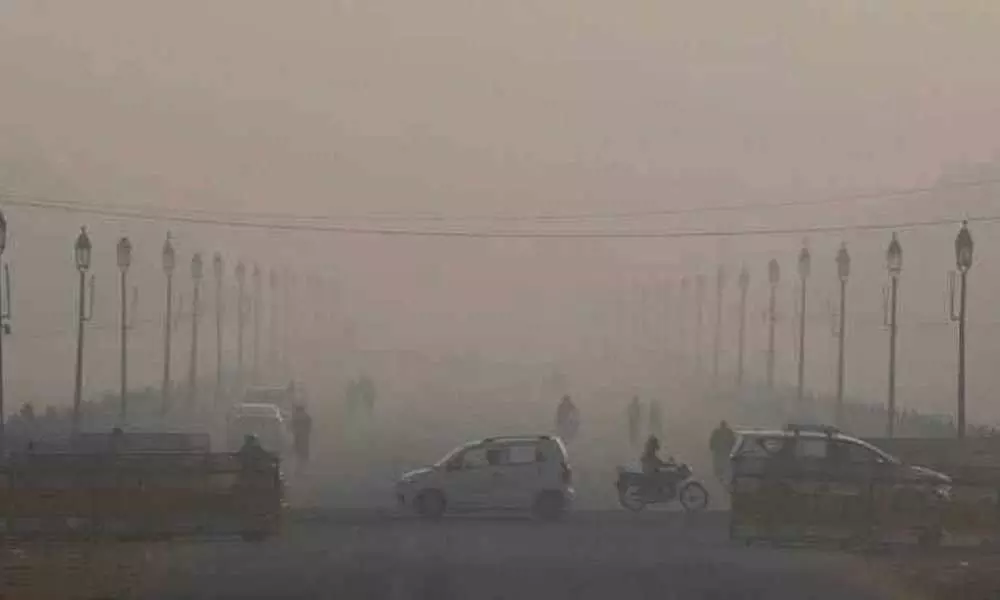Delhi air quality remains 'poor' for 4th consecutive day due to stubble burning

A layer of haze lingered over the national capital on Sunday as its air quality index (AQI) deteriorated further and touched the 245 mark, which falls in the poor category.
New Delhi: A layer of haze lingered over the national capital on Sunday as its air quality index (AQI) deteriorated further and touched the 245 mark, which falls in the poor category.
The adjoining areas of Ghaziabad, Faridabad, Noida, Baghpat, Murthal recorded their AQI at 287, 233, 275, 258 and 245 respectively. The air quality in Karnal district of Haryana turned "very poor" overnight. It touched the 351 mark in the AQI index, according to Central Pollution Control Board data. An AQI between 0 and 50 is considered 'good', 51 and 100 'satisfactory', 101 and 200 'moderate', 201 and 300 'poor', 301 and 400 'very poor', and 401 and 500 'severe'.
On Saturday, Delhi Chief Minister Arvind Kejriwal said smoke from crop residue burning in neighbouring states has started reaching Delhi and the air quality has started deteriorating. "It has been widely reported that the smoke coming to Delhi is due to the burning of stubble in Karnal, Haryana," he had said.
The Centre-run System of Air Quality and Weather Forecasting and Research (SAFAR) said smoke from stubble burning will make up six per cent of Delhi's pollution by October 15. The 10-member task force on the Graded Response Action Plan had on Friday held a meeting on the stubble burning incidents reported from Punjab and Haryana, and its likely impact on Delhi-NCR's air quality.
V K Soni, a senior scientist at the India Meteorological Department (IMD), who attended the meeting, said due to monsoon withdrawal, winds are calm leading to low dispersion of pollutants. Also, wind direction has changed to west and north west, he said.
Westerly and northwesterly winds bring dust from western regions and smoke caused by burning of crop residue in neighbouring Punjab and Haryana to Delhi-NCR. Though Haryana has reported a slight decrease in the number of stubble burning incidents, Punjab has reported a massive increase of 45 per cent in such cases till October 11, according to data available from pollution control boards of the two states.
Though stubble burning is banned in Punjab and Haryana, farmers continue to defy the ban amid a lack of financial incentives. The state governments are providing 50 to 80 per cent subsidy to farmers and cooperative societies to buy modern farm equipment for in-situ management of paddy straw and running a massive awareness campaign against stubble burning.
The administration in the two states continues to issue 'challans' to erring farmers under the 2015 order of the National Green Tribunal.














